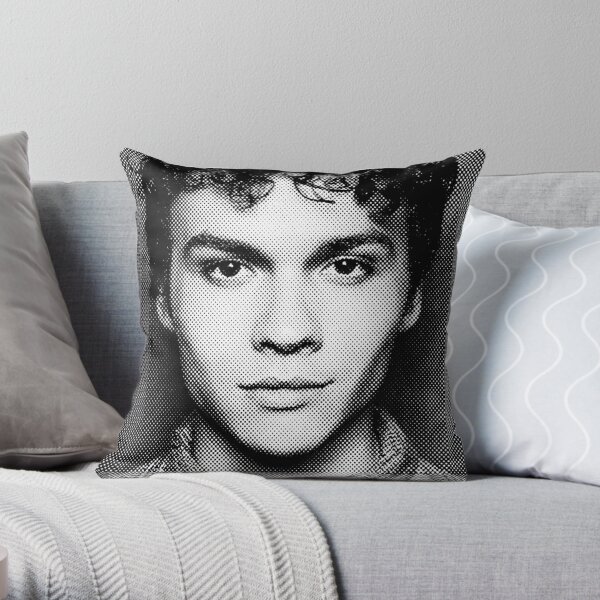Excitement About Unique Art
Excitement About Unique Art
Blog Article
Some Known Questions About Unique Art.
Table of ContentsEverything about Unique ArtUnknown Facts About Unique ArtThe Only Guide to Unique ArtLittle Known Questions About Unique Art.
While one might question which art type holds priority, the reality continues to be that each of these seven types gives a distinct window into human background, society, and development. They are the tapestries that chronicle our trip, advising us of our past while inspiring visions for the future.Wonderful artwork informs a story, makes people look twice, and creates a distinct experience that can not be matched. Art and pictures connect all of that via color, shape and various other style components. Learn exactly how to make your one-of-a-kind art work stand apart from the group.

8 TRIA GIOVANEqual parts grand and laidback, this foyer developed by Anthony Baratta is the perfect plan to comply with if you're enhancing an official entry that still really feels unfussy and comfortable. Formed fabrics take spotlight (see the carpetings and the couch), yet they additionally aid bring the high ceilings to a human scale when hung over wallpaper.
Some Ideas on Unique Art You Should Know
18 Heidi Caillier DesignA gallery wall does not require to occupy the whole area. Sometimes a small one can make a larger style declaration. In this living-room, Hiedi Caillier chose micro-mini structures and a random structure. Promotion - Continue Analysis Below19 Stephen Kent JohnsonDesigner Juan Carretero selected a deep eco-friendly paint shade to contrast with the light timber finishes.
, the expression of concepts and emotions, with the production of specific visual qualities, in a two-dimensional visual language. The aspects of this languageits shapes, lines, colours, tones, and texturesare used in different means to produce experiences of quantity, room, activity, and light on a level surface. These elements are integrated into expressive patterns in order to stand for actual or mythological sensations, to analyze a narrative style, or to create entirely abstract aesthetic connections.
Later on the notion of the "great artist" created in Asia and Renaissance Europe. Famous painters were paid for the social status of scholars and courtiers; they signed their work, chose its design and frequently its subject and imagery, and developed a more personalif not always amicablerelationship with their customers. During the 19th century painters in Western cultures began to lose their social setting and safe patronage.
Some Ideas on Unique Art You Should Know
Others made an income with touring events of their job. The demand to appeal to an industry had actually changed the comparable (if much less impersonal) demands of patronage, and its result on the art itself was most likely similar. Normally, artists in the 20th century could get to an audience just through industrial galleries and public museums, although their work might have been periodically duplicated in art regulars.

Don't duplicate the design of various other artists if you're looking for your style. Duplicating various other individuals's art work can be terrific in educational functions however it will certainly not make you closer to finding your own unique style. Your creative design has to be, what you like and what motivates you.
I would certainly think about your own style as a style you paint in normally, when you allow go of all thoughts and rules and just concentrate on paint, not thinking about it. Unique Art. The style has to come normally to you when you are kicked back and you can not force it or it will not be your own style, simply somebody address else's
Rumored Buzz on Unique Art

With time you'll be able to sort every one of them right into your favorite and least favorite categories. Attempt to focus your interest on the subjects and tools that you like and before you see it coming you'll have your own personal and special style, like no person else have! So in the long run you'll have a few preferred topics to repaint and perhaps a few preferred mediums.
The design needs to create itself over time with a great deal of technique and experiments - Unique Art. Thanks for reviewing this post check here and if you have any questions leave them in the comments listed below, I 'd enjoy to address these
Report this page